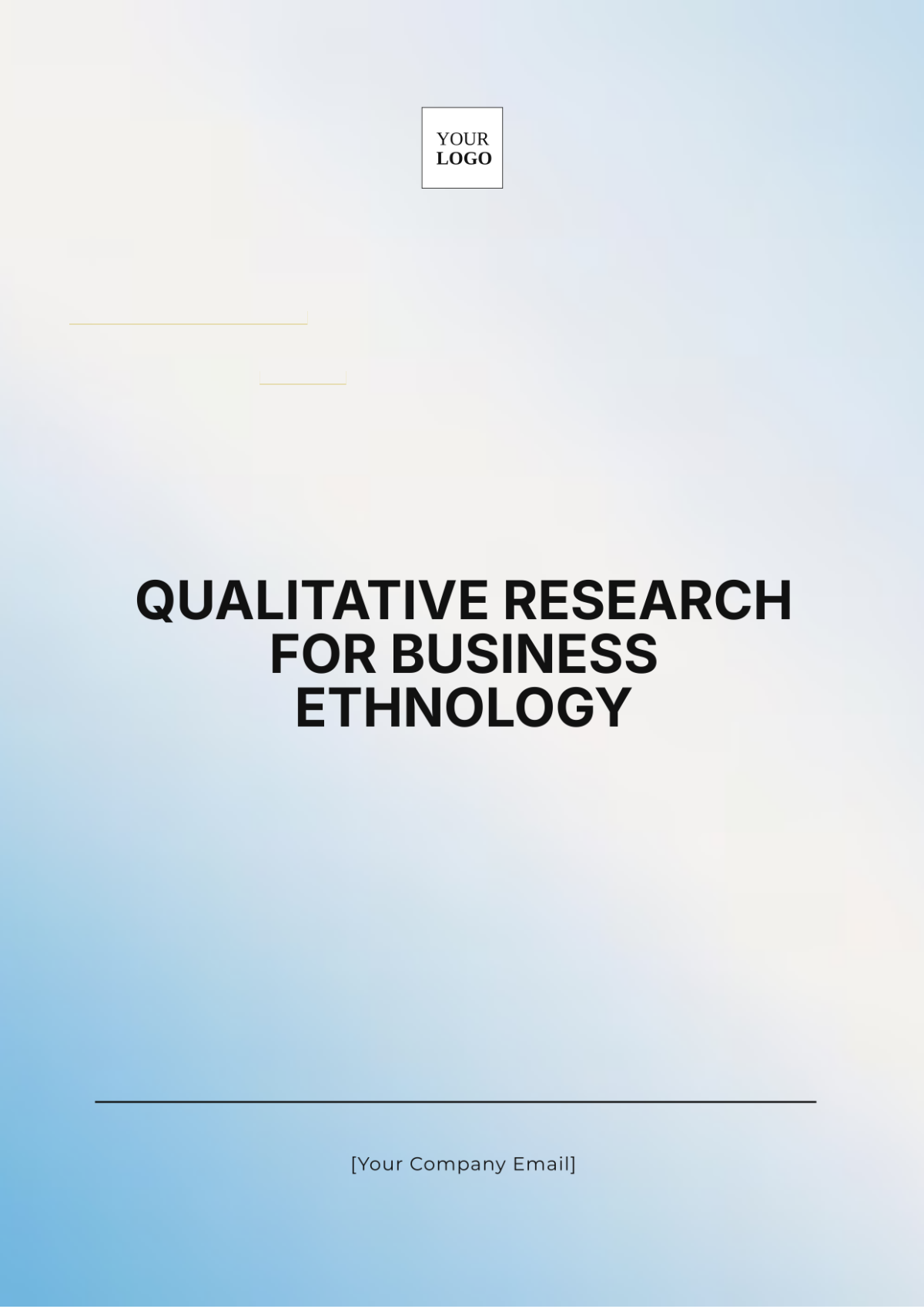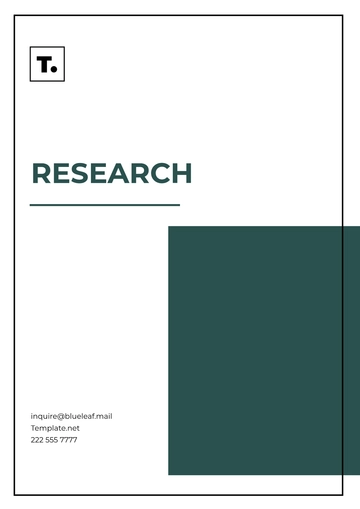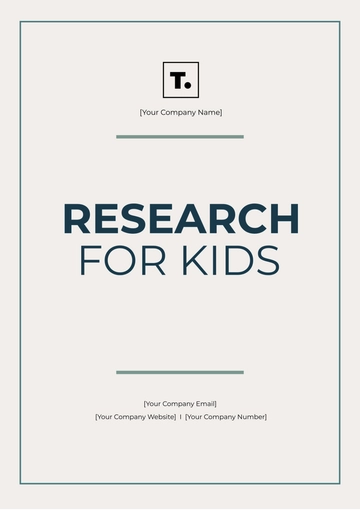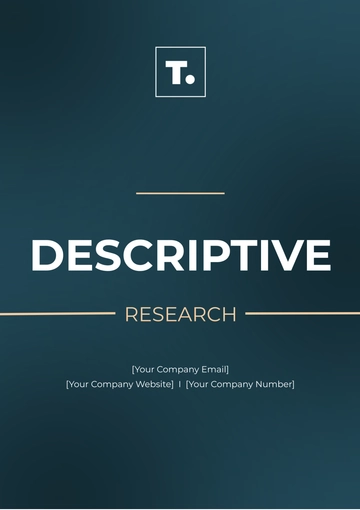Qualitative Research for Business Ethnology
Prepared by: [Your Name]
Company: [Your Company Name]
Date: [Date]
1. Introduction
The purpose of this research is to explore and understand the nuanced cultural and social dynamics within a business environment through qualitative ethnological methods. This research aims to provide insights into organizational culture, employee interactions, and business practices that are not readily apparent through quantitative methods.
2. Objectives
To identify key cultural norms and values within the organization.
To understand the social interactions and communication patterns among employees.
To assess the impact of organizational culture on business processes and outcomes.
To provide actionable recommendations for enhancing organizational effectiveness based on ethnological findings.
3. Methodology
3.1 Data Collection
Participant Observation: Engaging with employees in their natural work environment to observe daily practices and interactions.
In-Depth Interviews: Conducting interviews with employees at various levels to gather personal insights and experiences.
Focus Groups: Facilitating discussions among groups of employees to capture collective views and opinions.
3.2 Data Analysis
Thematic Analysis: Identifying and analyzing recurring themes and patterns in the qualitative data.
Narrative Analysis: Examining personal stories and experiences to understand the broader cultural context.
Triangulation: Combining multiple data sources to validate findings and ensure comprehensive insights.
4. Findings
4.1 Organizational Culture
Core Values and Beliefs: Insights into the underlying values that drive employee behavior and decision-making.
Cultural Norms: Understanding of the expected behaviors and social practices within the organization.
4.2 Employee Interactions
Communication Patterns: Analysis of how employees communicate and collaborate across different levels.
Social Dynamics: Examination of informal networks and relationships that influence organizational effectiveness.
4.3 Business Practices
Impact on Performance: Assessment of how organizational culture affects business processes and outcomes.
Recommendations: Suggestions for aligning business practices with cultural insights to improve organizational performance.
5. Key Insights
Cultural Alignment Gaps: Areas where the organization's cultural norms and values may not align with its strategic goals, potentially hindering performance and employee satisfaction.
Communication Barriers: Specific communication issues or misunderstandings that affect collaboration and productivity, along with potential solutions.
Influence of Informal Networks: The role of informal networks and relationships in shaping decision-making processes and organizational effectiveness.
Employee Engagement Factors: Key factors that influence employee engagement and morale, based on observed practices and feedback.
6. Recommendations
Cultural Alignment: Strategies for aligning organizational culture with business goals and objectives.
Improving Communication: Techniques for enhancing communication and collaboration among employees.
Supporting Change: Approaches for managing cultural change and fostering a positive work environment.
7. Conclusion
This research presents a wealth of valuable insights into the intricate cultural and social dynamics that exist within the organization. By gaining a profound understanding of these multifaceted aspects, the company is positioned to make well-informed and strategic decisions, ultimately enhancing its organizational effectiveness and successfully achieving its overarching business objectives.
Research Templates @ Template.net






























